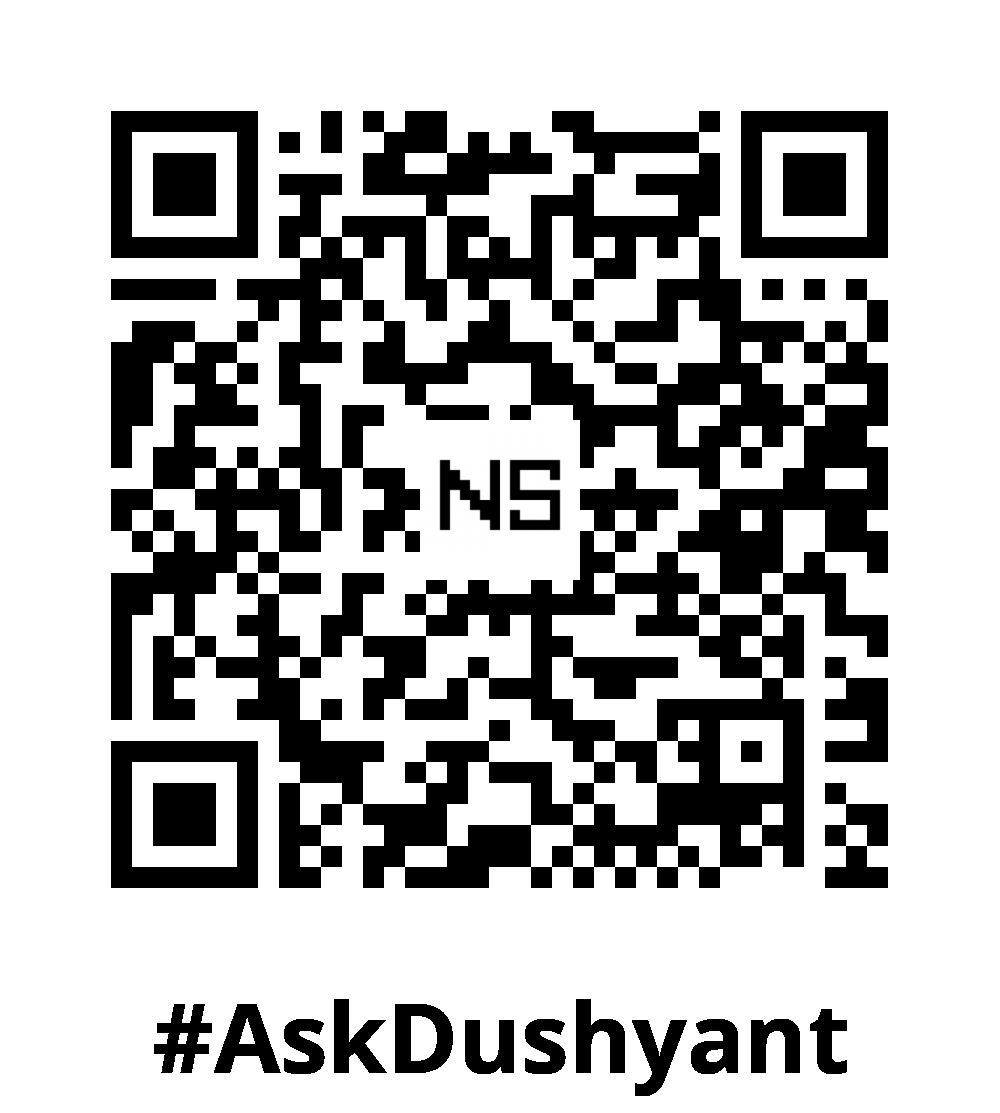In my 16 years of experience in the tech industry, I’ve come across numerous challenges that require innovative solutions. One of the critical aspects of maintaining a robust IT infrastructure is effective log file monitoring. In this blog post, I’ll share a practical approach to log file monitoring using a shell script, coupled with my insights gained over the years.
The Importance of Log File Monitoring:
Log files are the lifeline of any system, providing invaluable insights into its behaviour. Monitoring log files is essential to ensure system stability, troubleshoot issues, and prevent potential disasters. Over the years, I’ve encountered situations where timely log file analysis saved the day, reinforcing my belief in its significance.
Crafting an Effective Log Monitoring Script:
To address the challenge of log file monitoring, I’ve developed a shell script that not only monitors log files but also sends alerts when predefined thresholds are breached. The script utilizes the ssmtp command to send emails via SMTP configuration, ensuring reliable alert notifications.
#!/bin/bash
# List of log files to monitor
log_files=("file1.log" "file2.log" "file3.log")
# Size threshold in kilobytes (adjust as needed)
threshold=1000
# Email address to send alerts
recipient_email="[email protected]"
# SMTP server configuration
smtp_server="smtp.example.com"
smtp_port="587"
smtp_username="your_username"
smtp_password="your_password"
for file in "${log_files[@]}"; do
# Get the current size of the log file in kilobytes
file_size=$(du -k "$file" | cut -f1)
# Compare file size with the threshold
if [ "$file_size" -gt "$threshold" ]; then
# Send an alert email using ssmtp
echo "To: $recipient_email
From: $smtp_username
Subject: Log File Alert
ALERT: Log file $file has exceeded the size threshold ($threshold KB)." | ssmtp -v -S smtpserver="$smtp_server" -p "$smtp_port" -au "$smtp_username" -ap "$smtp_password" "$recipient_email"
fi
doneLessons Learned and Best Practices:
Throughout my career, I’ve learned that successful log file monitoring is not just about setting up scripts; it’s a holistic approach that involves understanding the system’s behaviour, establishing appropriate thresholds, and utilising the right tools. Regularly reviewing and updating log monitoring strategies is crucial to adapt to evolving system requirements.
In the ever-changing landscape of technology, effective log file monitoring remains a cornerstone of a stable IT environment. My 16-year journey in the tech industry has emphasized the importance of proactive monitoring, enabling us to tackle challenges head-on and deliver seamless user experiences. By implementing robust log file monitoring practices and continuously refining our strategies, we can navigate the complexities of modern IT systems with confidence.
#AskDushyant


Leave a Reply